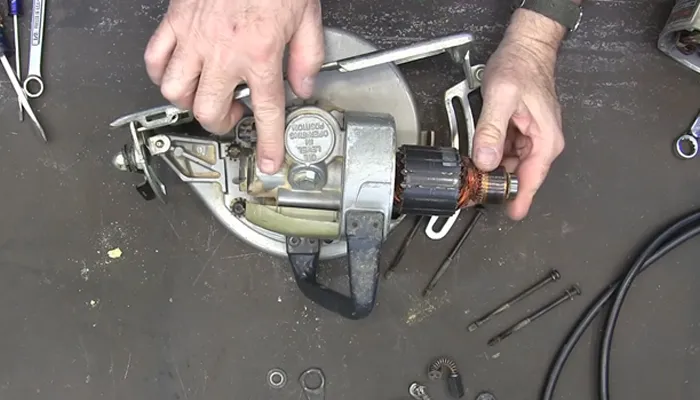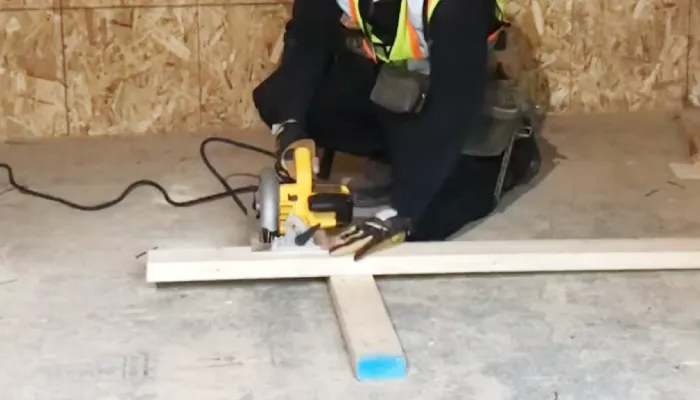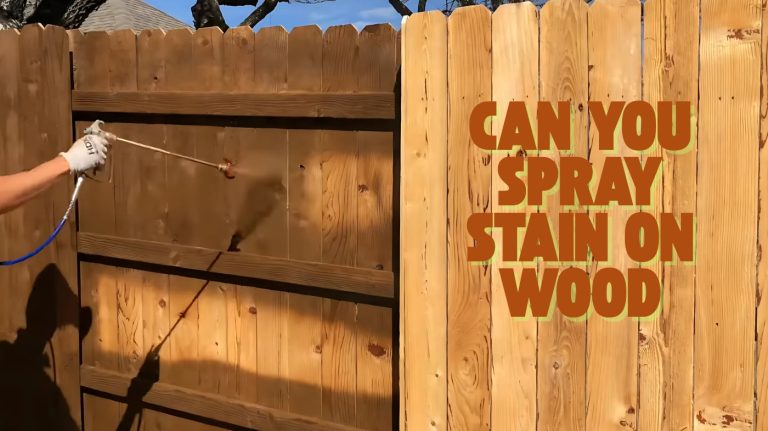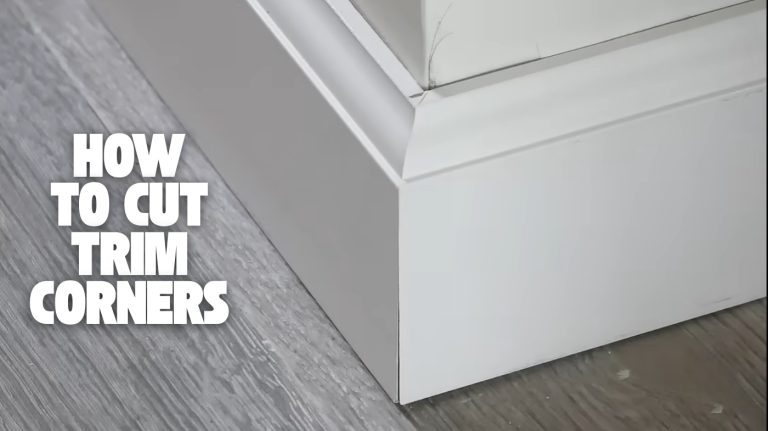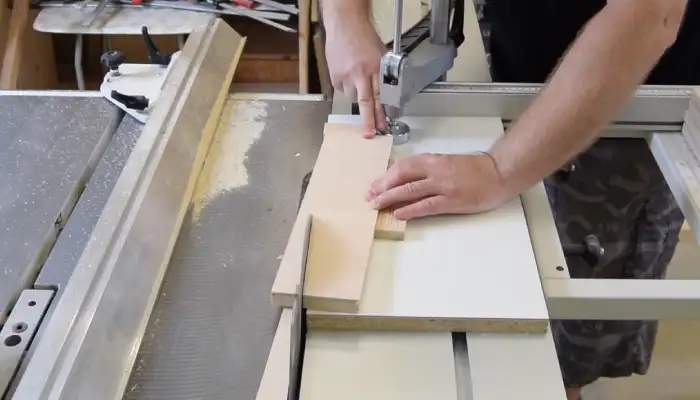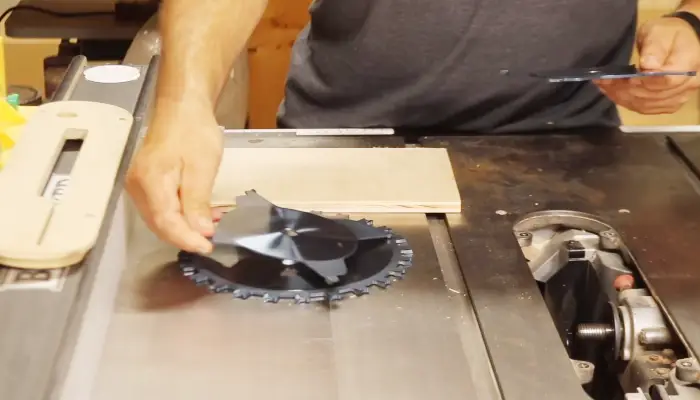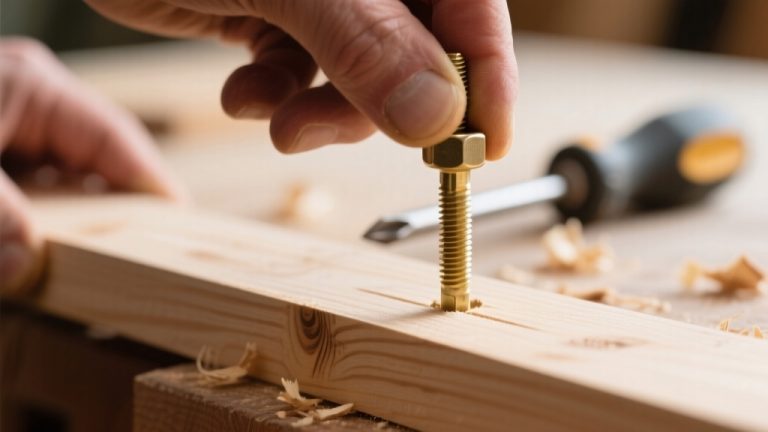Why Is My Circular Saw Sparking Around the Brushes: 6 Primary Reason
As a hobbyist in woodworking, I have noticed that many circular saw users encounter the issue of sparking around the brushes during operation. This problem can be dangerous and even lead to accidents if not addressed promptly. Through my research, I have discovered some reasons why a circular saw might spark.
Worn brushes affect electrical current transfer and contact with the commutator, leading to sparking. Also, damaged windings cause insulation breakdown and short-circuit sparking. Moreover, continuous use without proper maintenance leads to worn bearings, creating friction and heat that causes sparking.
Through this article, I’ll explain the six major reasons for sparking on circular saws and share some tips on how to prevent it. Keep reading to discover if those sparks are harmless or a sign of trouble.
Why is My Circular Saw Sparking Around the Brushes: 6 Reasons
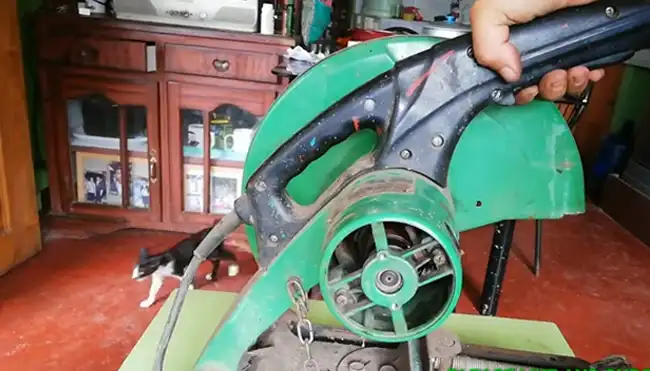
It becomes apparent that six key factors contribute to the sparking caused by a circular saw around brushes as I explore them.
- Worn brushes
- Damaged windings
- Worn bearings
- Dust and debris accumulation
- Using the saw on the wrong material
- Dull or damaged blade
1. Worn Brushes
As the brushes wear down, their ability to properly contact the commutator decreases. This results in the electrical current being interrupted, causing sparks to occur.
Worn brushes are typically characterized by shorter lengths and reduced surface area, which affects their ability to transfer electrical current efficiently. Additionally, the carbon composition of the brushes can become compromised over time, leading to increased resistance and further contributing to sparking.
2. Damaged Windings
The windings are the copper wire coils that generate the magnetic field necessary for the motor’s operation. Over time, these windings can become damaged due to wear and tear, leading to insulation breakdown between the wires and the iron inside the armature.
This breakdown creates short circuits within the motor, causing sparks near the brushes. The damaged windings not only compromise the efficiency and performance of the circular saw but also pose a safety hazard. If left unaddressed, the sparking can worsen and potentially result in motor failure.
3. Worn Bearings
Another reason sparks fly around the brushes in the circular saw is worn bearings. These bearings that hold the arbor shaft can wear out over time due to continuous use without proper maintenance. Insufficient lubrication and prolonged use can lead to bearing wear and potential sparking.
The bearings in a circular saw are crucial components that allow smooth blade rotation of the arbor shaft. When the bearings become worn, they can create friction and heat, causing the brushes to spark. This sparking is a clear indication of bearing wear and shouldn’t be ignored.
4. Dust and Debris Accumulation
Frequently, I find another primary reason for the sparking around the brushes in my circular saw dust and debris accumulation.
Over time, as you use the saw, small particles of dust and debris can find their way into the motor housing and around the brushes. These foreign materials can interfere with the proper contact between the brushes and the commutator, causing sparks.
Also, the accumulation of dust and debris can impede the free movement of the brushes, leading to increased friction and heat generation. This, in turn, can further exacerbate the sparking issue.
5. Using the Saw on the Wrong Material
A dull blade generates more heat and friction during cutting, leading to sparks around the brushes. Also, it’s important to use the circular saw on materials appropriate for its blade type and cutting capabilities.
For example, using a wood-cutting blade on metal or concrete can cause excessive sparking and damage the saw.
6. Dull or Damaged Blade
A dull or damaged blade can cause sparking around the brushes in my circular saw. When a blade becomes dull, its cutting efficiency decreases, requiring more effort to cut through materials. This increased effort leads to friction, which generates heat. As the blade heats up, the chances of sparking also increase.
Also, a damaged blade with missing or chipped teeth can create irregular and uneven cutting surfaces. This can result in the blade getting caught or jammed in the material, causing further friction and sparking.
How to Prevent a Circular Saw from Sparking?

To prevent a circular saw from sparking, ensure that the brush is maintained regularly. This involves:
A. Regular Brush Maintenance
Over time, dust, debris, and residue can accumulate on the brush contacts, hindering their ability to make proper electrical contact with the motor.
To clean the brush contacts, gently remove the brushes from their housing and use a small brush or compressed air to remove any buildup. It’s important to be cautious and avoid damaging the brushes or their contacts during this process.
After cleaning, reinsert the brushes and ensure they’re securely in place. This regular maintenance not only helps prevent sparking but also ensures a consistent flow of electricity to the motor.
B. Inspect Windings
The windings are the coiled wires that form the core of the motor. Over time, these wires can become damaged or worn down due to heat, friction, or general wear and tear.
By carefully examining the windings, you can identify any areas where the insulation may have broken down, exposing the wires and increasing the risk of short circuits and sparking.
Look for any visible signs of damage, such as frayed or melted insulation, loose or disconnected wires, or discoloration. If you notice any of these issues, promptly have the saw repaired to prevent further damage and ensure safe operation.
C. Bearing Maintenance
To prevent sparking and ensure the safe operation of my circular saw, I recommend maintaining the bearings. This involves lubricating them and inspecting them for any signs of damage or wear.
Lubrication helps to reduce friction between the moving parts, preventing overheating and excessive wear. Use a high-quality lubricant designed for power tool bearings and apply it according to the manufacturer’s instructions.
D. Dust and Debris Management
Dust and debris can easily find their way into the internal components of a circular saw, causing interference and potentially leading to sparking. To prevent this, regularly clean the saw, especially after heavy use or in dusty environments.
Start by unplugging the saw and removing any visible dust or debris from the exterior. Then, carefully open the housing and clean the interior using compressed air or a soft brush. Pay close attention to the area around the brushes, as this is where sparking commonly occurs.
E. Use the Right Blade and Material
One crucial step is to use the right blade for the material you’re cutting. This is essential because using the wrong blade on a material that’s too hard or abrasive can quickly dull the blade, generating excess heat and sparks.
To prevent this, consult the blade’s instructions for material compatibility. Pay attention to the type of blade and how it’s guarded, and ensure it matches the material you’re working with.
F. Maintain Blade Sharpness
To prevent sparking around the brushes, regularly sharpen the circular saw blade. Dull blades create excessive friction, which can lead to sparks. Use the appropriate sharpening tools and techniques to sharpen the blade effectively. This may involve using a file or a specialized sharpening tool for clutter-free circular saw blades.
G. Consider Brushless Motors
When considering ways to prevent sparking around the brushes, one option I highly recommend is upgrading to a circular saw with a brushless motor. These motors are a technological advancement that offers several benefits over traditional brushed motors.
Unlike brushed motors, which rely on brushes and a commutator to transfer electrical current, brushless motors use electronic circuitry to control current flow. This eliminates the need for brushes, reducing the wear and tear that can lead to sparking.
Is it normal for carbon circular saw brushes to spark?
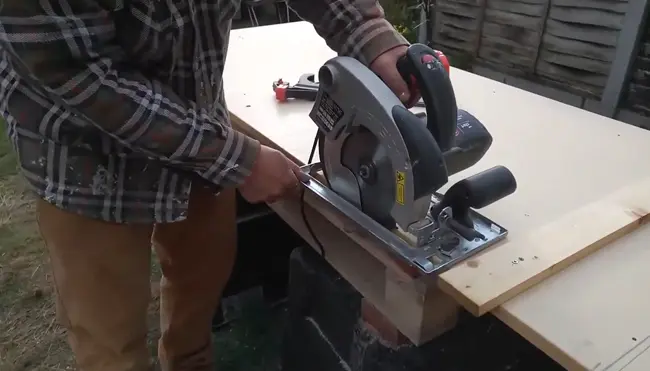
There is a normal amount of sparking at the circular saw brushes. However, excessive sparking could be caused by worn brushes, reduced spring pressure, or roughness of the commutator segments, or possibly carbon dust within the commutator segments.
This wear can cause the brushes to lose shape and become less effective at conducting electricity. As a result, the electrical current may not flow smoothly, leading to increased sparking.
Are circular saw sparks dangerous?
Circular saw sparks can pose a serious risk of injury and fire. These sparks can potentially cause severe burns and can ignite flammable materials such as wood and gasoline. The danger lies in sparks that can easily spread and ignite nearby combustible substances, leading to a rapid and uncontrollable fire.
Also, the intense heat generated by the sparks can cause damage to the surrounding equipment or materials. Take precautions when using a circular saw to minimize the risk of sparks.
Prevent Circular Saw Sparks: Follow the Tips for Smooth and Safe Operation
Various reasons can cause the sparking around the brushes of a circular saw. These include worn-out or misaligned brushes, excessive heat, or electrical issues.
As far as I am concerned, circular saw sparking is a problem that should never be ignored. If you follow the tips outlined, you can ensure that your circular saw will operate smoothly and safely without causing any accidents.
While sparks can be normal for carbon brushes, they shouldn’t be ignored as they can indicate potential hazards. Brushless circular saw motors, on the other hand, don’t produce sparks, making them a safer alternative.

